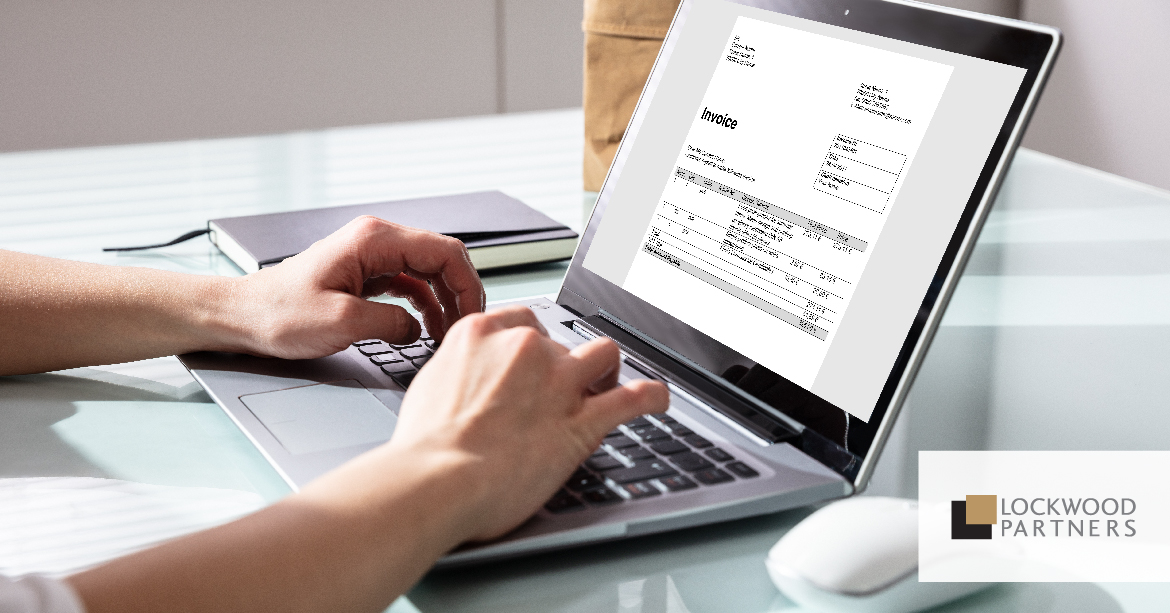E-invoicing & the Commonwealth Digital Business Plan
COVID-19 has pushed everything into the digital space, with most products and services receiving some updated form of online delivery. Payments are no different, with more companies opting to use technology to help them process digital transactions, largely thanks to the way it minimises health risks.
What is E-invoicing?
E-invoicing is the ability to send an invoice digitally between the accounting systems of business suppliers and buyers. This differs from sending a PDF file or online invoice via email as an e-invoice is automatically sent to the buyer’s accounting system through a secure e-invoicing network
Changes and business requirements
The Commonwealth government will mandate e-invoicing for all agencies from 1 July 2022, with over 80% of invoices being able to be received electronically by 1 July 2021. The government will also consult on options for mandatory adoption of e-invoicing across its’ own levels internally and across the business sector.
As part of the Digital Business Plan, the Commonwealth government has embraced the Peppol e-invoicing network, an internationally established standard that allows invoice exchange between different accounting systems with no human intervention, reducing the risk of interception and fraud.
To help push the adoption of e-invoices for businesses, the federal budget has allocated $15.3 million in funding to accelerate Peppol e-invoicing and reduce costs for businesses. This fund will involve supporting large payment platforms (EFTPOS, Visa, Mastercard and the Reserve Bank’s New Payments Platform Australia) to integrate e-invoicing into the payment methods used by business to help speed up payment times.
The government has also suggested the following benefits to making the switch to e-invoicing:
- Reduced Costs
According to the ATO business website, a physical invoice costs businesses an average of $30 and $27 for an emailed PDF invoice. In comparison, an e-invoice is said to cost $10 or less, largely due to the reduction in manual handling required. This means an estimated shared saving (between the sender and receiver of the invoice) of around $20 each time e-invoicing replaces a paper invoice.
- Less time and errors
Reduction in inefficiencies related to manual handling and the number of different systems used, meaning invoices will need to travel through fewer hands administratively (such as internal assurance processes) and lowers the possibility of getting lost in transit.
- Security
E-invoices are sent directly to a business’ existing financial system (via approved and authenticated participants), meaning the risk of sensitive information being stolen, leaked or intercepted is reduced drastically. The only parties that will see the e-invoices are the software providers, buyers, and suppliers. E-invoices will not go through or be viewed by the ATO. To be accredited for e-invoicing, Australian service providers must carry out appropriate validation checks and apply integrity measures. For example, they must check Australian business numbers (ABNs) to ensure they are active and valid for use in the e-invoicing environment. Validating ABNs provides you with greater assurance of the identity of the sender and increases protection against the fraudulent misuse of a business’s ABN.
- Reduced Payment Times
The Australian Government is supporting small businesses by offering improved payments times. Since 1 January 2020, Australian Government agencies have begun paying e-invoices within five days and paying interest on any late payments. This applies to contracts up to $1 million where both the buyer and supplier use Peppol e-invoicing systems.
- Connect once, trade with many
All businesses, in all sectors, can open their networks and trade with many partners, regardless of their size or the financial software they each use.
- Environmental Sustainability
Savings on material costs as well as reduction in environmental impacts through less paper, printing, and delivery costs.
For further information on how businesses can prepare, click here.
If you have any questions regarding E-invoicing for your business, get in contact today with our experienced team at Lockwood Partners.

